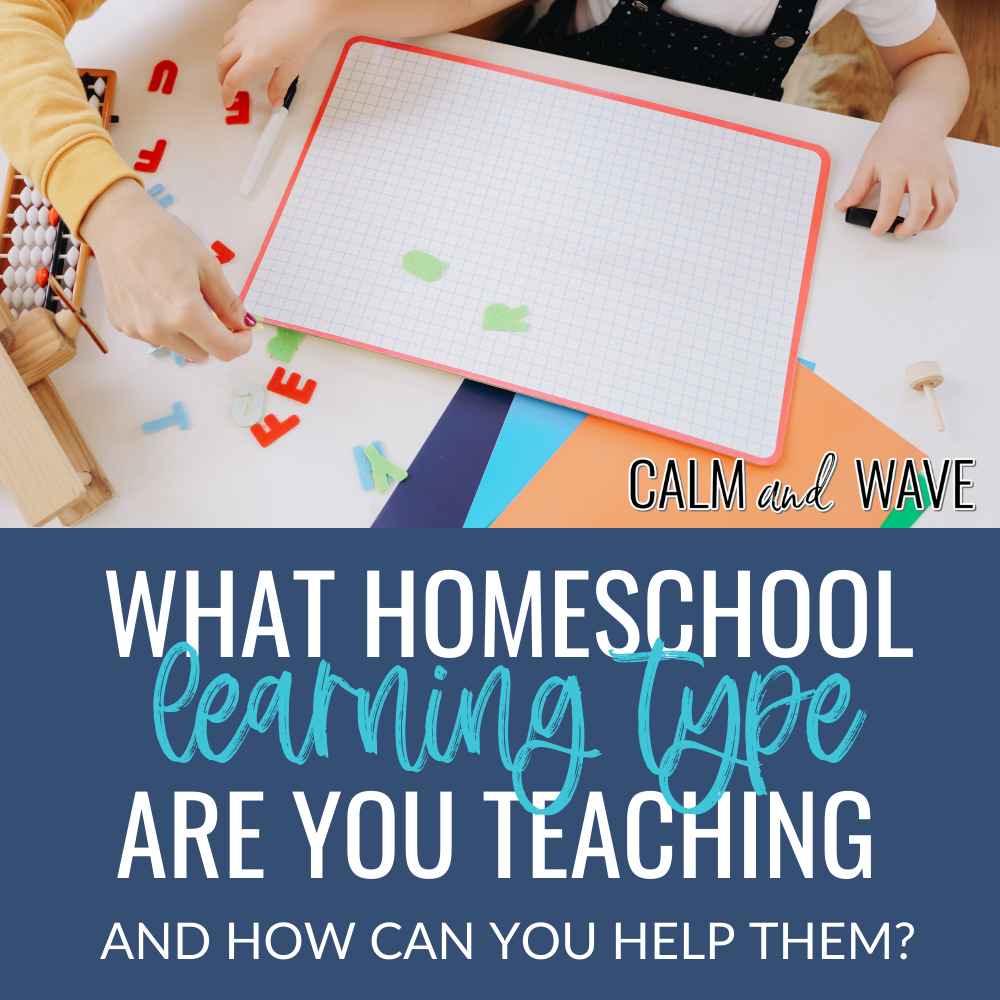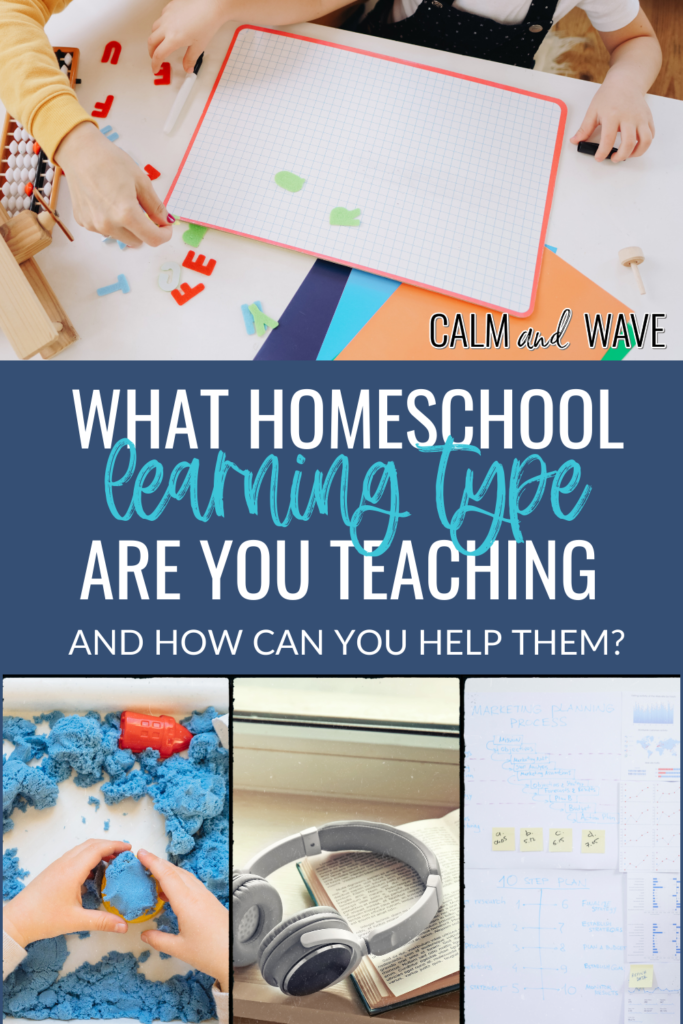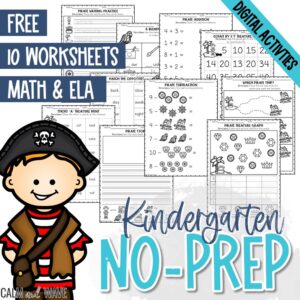
This post may contain affiliate links. This means I may earn some money should you choose to sign up for a program or make a purchase using my link. I only recommend companies or items that I love and think you will too!
Homeschooling can be a great way to cater to your child's individual needs and help them learn in the best way possible. The three main homeschool learning types are visual, auditory, and hands-on. Each type of learner has their own strengths and weaknesses, so it is important to understand which type your child is and how you can help them learn most effectively. This blog post will discuss each type of homeschool learner in-depth and give tips on how to help them succeed!
Visual Learning Homeschool Type

Are you homeschooling a visual learner? Visual learners are those who learn best by seeing the information. They often prefer to learn through reading, watching videos, or looking at pictures. To help a visual learner homeschooler, use plenty of visuals in your lesson plans. Incorporate charts, graphs, and other visual aids into your homeschooling materials. You can also have your child create a visual representation of what they are learning to help them better understand the concepts.
You might have a visual learner if:
– They pay attention to detail
– Enjoy reading and are good spellers
– Likely not very talkative
Tips: Visual learners will do better in an environment with little distractions and likely do well to color-code notes, and flashcards would be a big plus.
Examples of visual learning homeschool curriculum:
Explode the Code
Teaching Textbooks
Unit Studies
Auditory Learning Homeschool Type

Do you homeschool an auditory learner? Auditory learners are those who learn best by hearing information. They often prefer to learn through listening to lectures or audiobooks, participating in discussions, and talking through ideas. To help an auditory learner homeschooler, incorporate plenty of discussion and listening activities into your homeschooling materials. You can also have your child listen to audiobooks or lectures on the concepts they are learning.
You might have an auditory learner if:
– They may read aloud when reading to themselves
– Often sing or make noises
– Can't concentrate if it is noisy
Tips: Give directions aloud instead of written, read any material they need to learn aloud, and use rhymes to help them memorize information.
Examples of auditory learning homeschool curriculum:
Life of Fred
Shurley English (the jingles are still with me 20+ years later)
Audible (we have found so many books to listen to!)
Do you homeschool a hands-on learner? Hands-on learners are those who learn best by doing. They often prefer to learn through hands-on activities, experiments, and movement. To help a hands-on homeschooler, incorporate plenty of hands-on activities into your homeschooling materials. You can also allow your child to move around frequently throughout the day and take breaks for physical activity.
Hands-On Learning Homeschool Type

You might have a hands-on learner if:
– They move around a lot and don't like to sit still
– Don't mind getting in the middle of a project
– Talk with hands or gestures
Tips: Out-of-the-box thinking will be best for the hands-on learner. Being able to move around while listening to a book. Maybe getting outside while doing math facts. Items like manipulatives will be a big help.
Examples of hands-on learning homeschool curriculum:
Timberdoodle Co.
Blossom & Root
In conclusion, one of the benefits of homeschooling is that you can cater to your child's specific learning needs. By understanding your homeschooler's learning type, you can provide them with the materials and activities that will help them learn best. Do you know what homeschool learning type you are teaching? How do you cater to their needs? Share your tips in the comments below!








